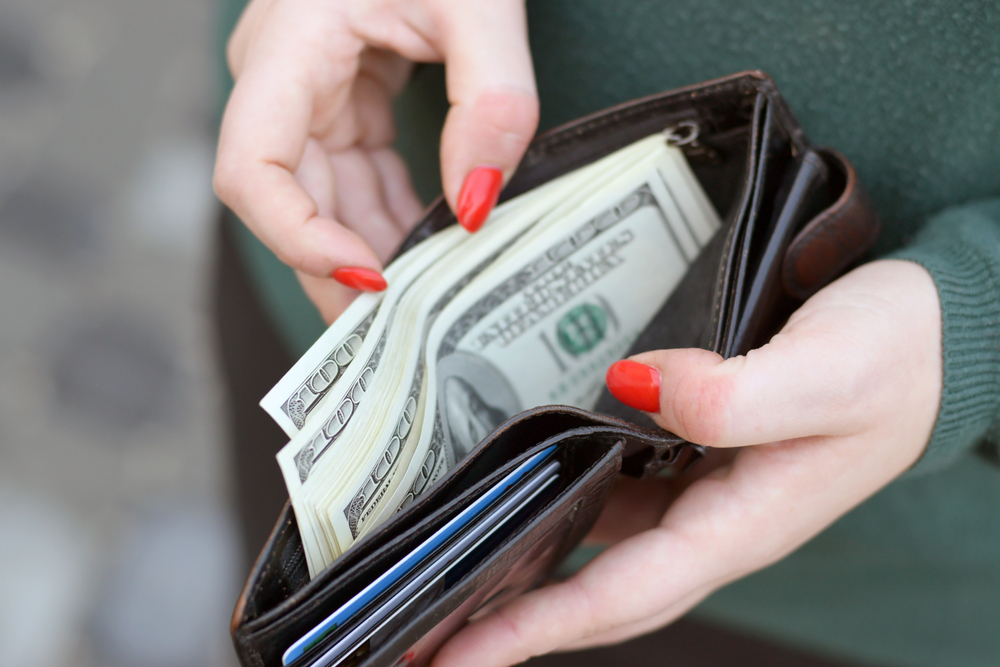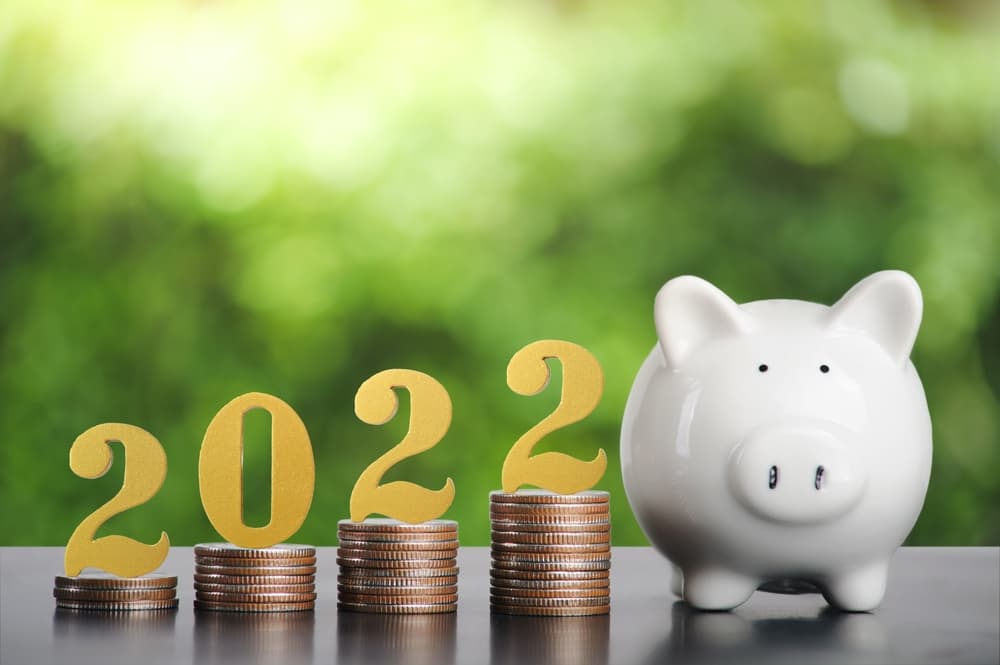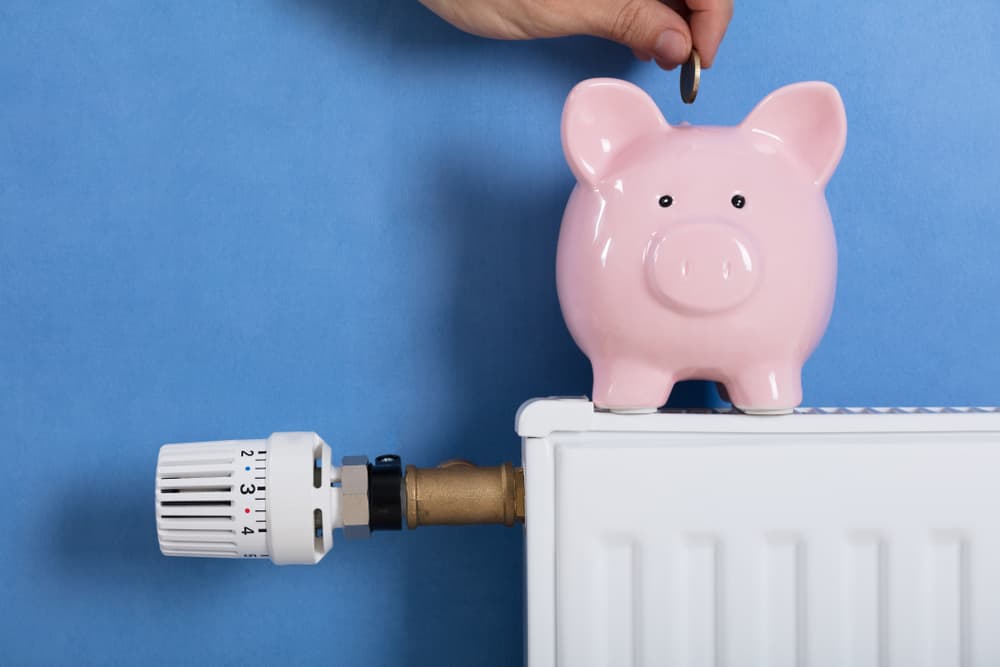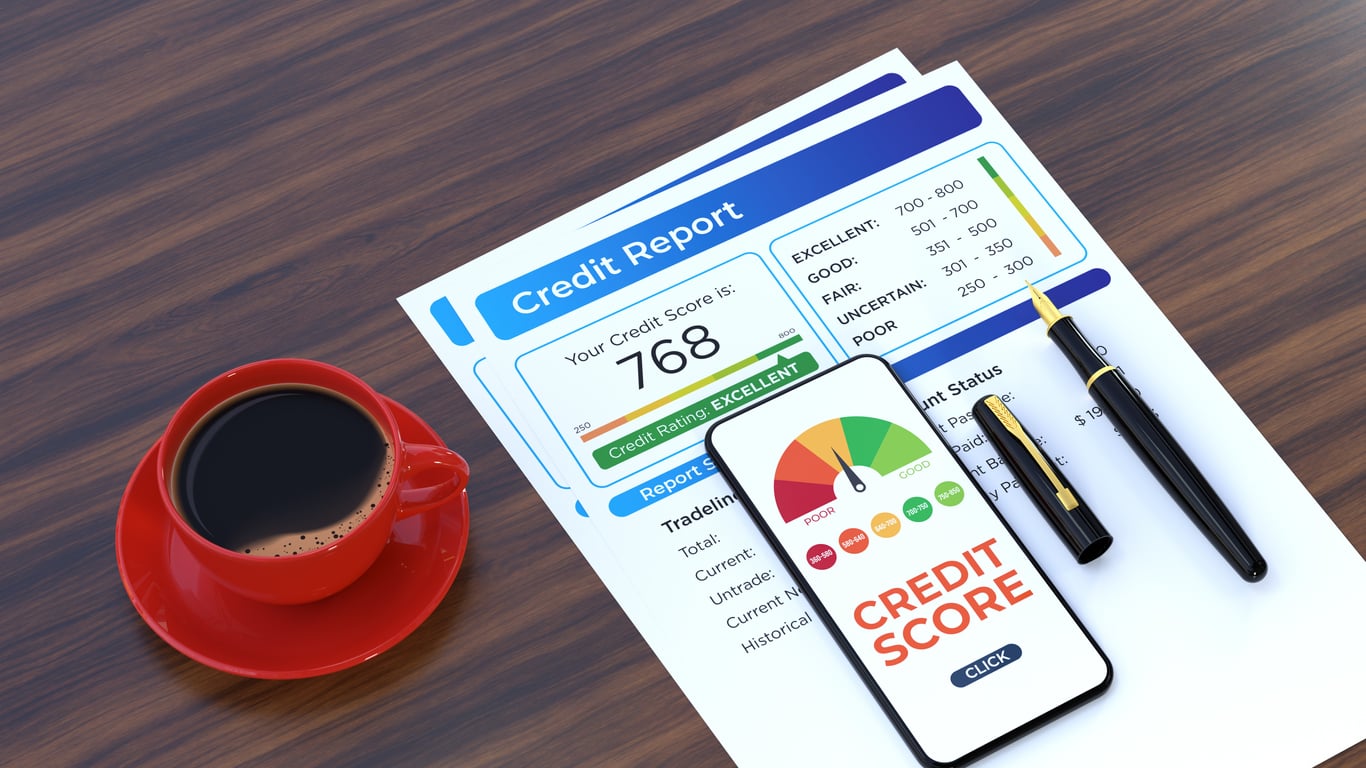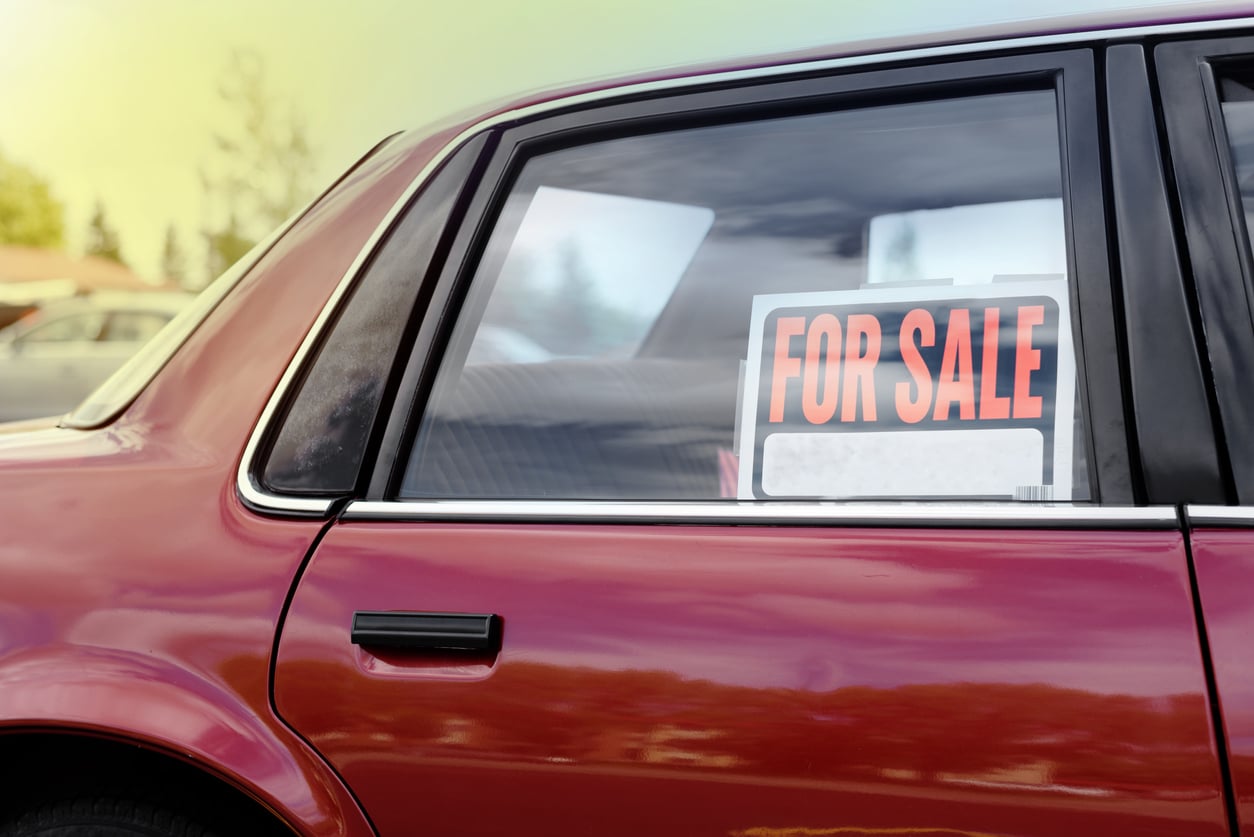5 Steps to Get Out of Holiday Debt Quickly

Holiday spending tends to get out of control quickly. While you had a great holiday season full of lavish dinners and treating your loved ones to expensive gifts, your finances are probably paying the price right now. High credit card balances can cause a lot of stress if you can’t pay them off in full, not to mention increasing interest rates and dropping credit scores. Here is a 5-step guide to getting out of the holiday debt as quickly as possible.
5 Steps to Get Out of Holiday Debt Quickly
If you’re feeling this pinch this month, discuss the following points with your spouse or partner and take action to beat your holiday debt.
1. Review Your Financial Situation
Before tackling your problem, you need to get a bigger picture of the situation. The best way to do this is to create a list that details all of your finances. Make a list of your assets and their current value, like your bank accounts, investment accounts, real estate, and vehicles. Then, make a list of your debts. This should include mortgage payments, car loans, student loans, and credit cards. Add the interest rate you are paying on each to find out which ones cost the most as a percentage.
Once, you subtract your total debts from your total assets, you’ll be left with a figure that is called your net worth. For example, if you have $100,000 in assets and $75,000 in debt, your net worth is $25,000.
By tracking your net worth every month, it’s easy to see if you are building or losing wealth. Increase wealth by increasing assets like your emergency fund and 401k, while reducing your debts at the same time.
2. Make a Debt Pay Off Plan
Now that you have a list of debt names, amounts, and interest rates, you can start a repayment strategy. Here are some common debt repayment techniques:
- Create a Debt Deadline: Using this strategy, you can set goals like tackling your holiday debt within the next 4 months. Divide the debt amount by four, to see how much you’ll need to pay each month to meet your goal. Make sure you don’t forget about the interest. If you need a longer-term plan, your credit card statement shows you much you’ll need to pay per month to pay off the balance in 36 months.
- Target the Smallest Debt Amounts First: If you have a series of smaller debts, this strategy makes you feel like you are making progress quickly. By eliminating your smallest debt first, you’ll get a great sense of accomplishment, and feel good about tackling the rest. However, if your debts are large, use the next strategy instead.
- Target the Highest Interest Rate Debt First: Also known as laddering, this technique pays off the loans with the highest interest rate first because these loans are costing you the most money. Tackling the debt with the highest interest rate makes the most mathematical sense because it’ll save you the most cash over time.
- Create a Combo Debt Strategy: If you want to take a hands-on approach, combine all 3 of the above methods. For example, you could tackle a small low-interest debt first for a quick win, then focus on paying back your highest interest debt in a chosen time frame.
3. Consider Optimizing Your Debt
Optimizing debt is finding ways that you can pay less for it. It won’t make the amount you owe disappear, but it is possible to decrease the interest rate. If you’ve calculated that you will be able to pay off your credit card debts within a year or 18 months, moving the balance to a 0% transfer credit card will help you out. The transfer will cost a 2% or 3% one-time charge, but you’ll eliminate interest for the entire promotional period.
A different way to optimize your debt is to transfer it to a low-rate person loan or signature loan. This is a good idea if you can’t trust yourself to not rack up more credit card debt. With this type of loan, you agree to make set monthly payments until the loan is paid off, then the account is closed. The downside is that this loan might be higher than a typical monthly credit card payment and you won’t have the choice to make a smaller payment, but it’s a good way to crush your loan if you don’t have strong willpower.
4. Create a Spending Plan
To make the most of your debt repayment plan, you need to make a spending budget. Track your income and expenses in a planner, spreadsheet or use an app like Mint. Then, once you have an idea of how much money you need to live on, you can figure out how much money you have leftover to tackle your debts with.
To make the most of your money, cut back your expenses by spending less on groceries, stop eating out at restaurants and stop spending money on clothes and luxuries. If you are serious about paying off your debts, you’ll need to make sacrifices. By freeing up your budget, you can meet savings goals at the same time as paying off your debts.
5. Stop Making New Charges
Now that you’ve decided to change your spending habits, you need to stop racking up extra debt on your credit cards. It’s a lot easier to pay off debt if you aren’t piling more on top.
If you are using credit cards to pay for a lifestyle that you can’t afford, you need to stop so that you can reverse the damage. It’s hard to stop buying what you shouldn’t, but after a few months of meeting your debt payoff targets, you’ll be glad you made the decision to quit your overspending habit.
